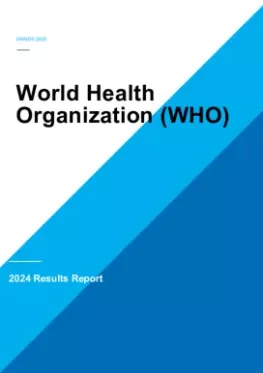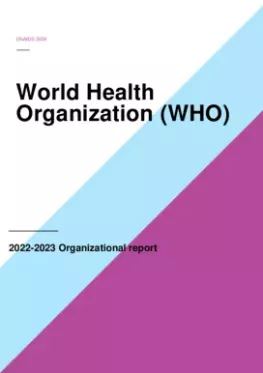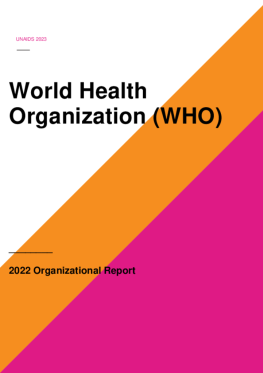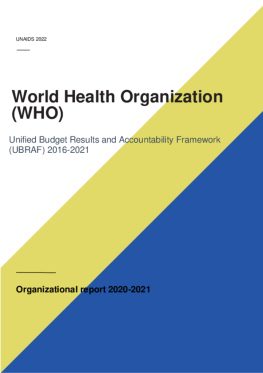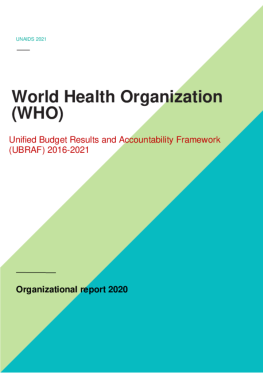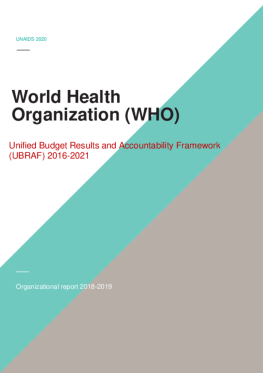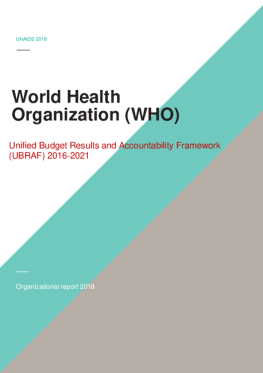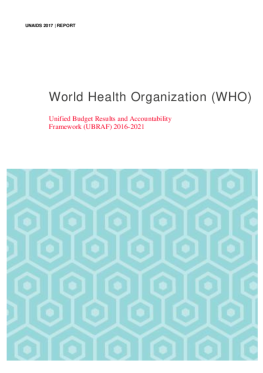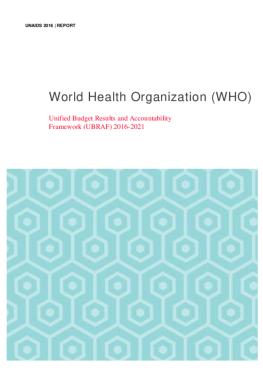WHO leads global efforts to expand health coverage and achieve better health for all. Though the “Triple Billion” targets, WHO aims to ensure that one billion more people have Universal Health Coverage (UHC), are protected from health emergencies, and achieve improved health and well-being by 2025. As a founding Cosponsor of the Joint Programme, WHO leads on HIV testing, treatment and care, resistance to HIV medicines and HIV/TB coinfection. WHO jointly coordinates work with UNICEF on eliminating mother-to-child transmission of HIV (EMTCT) and paediatric AIDS; with UNFPA on sexual and reproductive health and rights (RHR); with the World Bank and UNICEF on driving progress towards achieving UHC, including through primary health care; and in partnership with UNODC on harm reduction and programmes to reach people who use drugs and people in prison.
WHO’s contributions to the global HIV response align in six areas clearly outlined in the Global health sector strategies 2022–2030: strategic leadership and partnerships; public health advocacy and communication; norms and standards; innovation; technical support; global monitoring and reporting.
In 2022-2023, WHO achieved the following key results:
- New Strategic Framework adopted by WHO member states. The Seventy-Fifth World Health Assembly approved the implementation of the Global Health Sector Strategies on, respectively, HIV, viral hepatitis and sexually transmitted infections for 2022–2030. The strategies propose a common vision to end AIDS by 2030 and advance UHC primary healthcare and health security, contributing to achieving the goals of the 2030 Agenda for Sustainable Development.
- Supported and monitored implementation of HIV prevention, testing, diagnostic and treatment recommendations. As of December 2023, 150 countries had adopted WHO recommendations on PrEP in their national guidelines; 102 countries had adopted national policies supporting HIV self-testing; More than 95% of countries now implement the “treat all” approach, with rapid antiretroviral initiation (i.e., less than seven days after confirmed diagnosis) implemented in 81% of them. WHO-preferred first- and second-line treatment regimens for all populations were adopted by 120 low- and middle-income countries and are in use by almost 90% of all people receiving antiretroviral therapy.
- Published new guidelines and recommendations on HIV prevention as well as guidance on HIV prevention interventions with key populations and other groups at high risk of HIV infection. WHO published: guidelines on long-acting injectable cabotegravir for HIV prevention; a technical brief on implementation guidance for simplified and differentiated PrEP for HIV prevention; and a recommendation on the Dapivirine vaginal ring as a new choice for HIV prevention for women who are at substantial risk of acquiring HIV. WHO published consolidated guidelines and a policy brief on HIV, viral hepatitis and STI prevention, diagnosis, treatment and care for key populations, outlining a public health response for five key populations groups
- Defined governance and criteria for validation of the elimination of mother-to-child transmission of HIV. WHO published global guidance on the criteria and processes as well as guidance on the governance required for validation of EMTCT of HIV, syphilis and, for the first time, hepatitis B virus. Moreover, it launched a policy brief framework for implementing triple elimination.
- Supported progress toward validation of elimination of vertical transmission of HIV. As of December 2023, 16 countries or areas had been certified by WHO for eliminating vertical HIV transmission.
- Guided and promoted HIV integration. WHO launched a policy framework on primary health care and HIV convergence and published implementation guidance on the integration of noncommunicable diseases prevention and control in HIV, TB and SRH programmes, as well as guidance on HIV and cervical cancer, on HIV and mental health generally and for adolescents, specifically.


